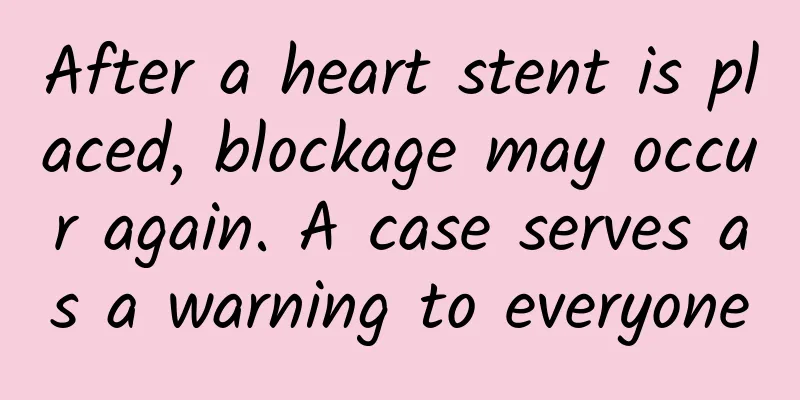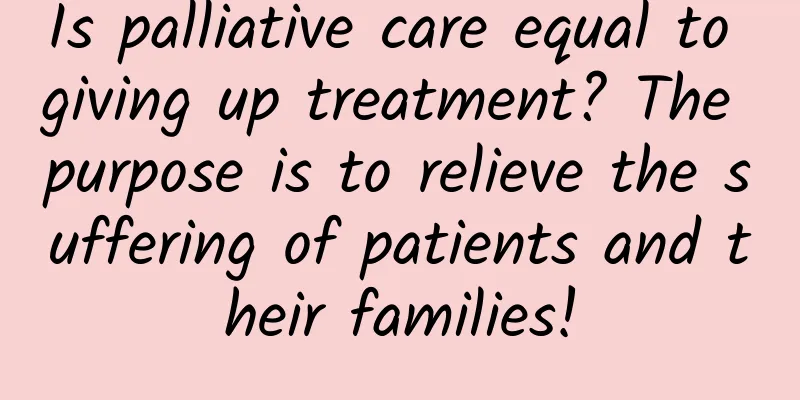45-year-old woman with adenomyosis gave birth to second child

|
Women who are 45 years old have passed the best childbearing age and are considered older mothers. If they suffer from adenomyosis, they should not have a second child, otherwise it may cause some danger. Even if they want to have a second child, they must do so after the disease is cured. This can also reduce the chance of risks. Before that, women should receive the right treatment as soon as possible to cure their adenomyosis. There are many treatment options for this disease, and clinical decisions need to be individualized based on the patient's age, symptoms, and fertility requirements. Surgery and drug treatment options can be chosen at the same time. 1. Medication (1) Symptomatic treatment: For patients with mild symptoms who only require relief of dysmenorrhea, non-steroidal anti-inflammatory drugs such as ibuprofen, indomethacin or naproxen can be used for symptomatic treatment during dysmenorrhea. (2) For patients with mild symptoms, no desire to have children, or near menopause, oral contraceptives or progestins can cause the ectopic endometrium to decidualize and atrophy, thereby controlling the development of adenomyosis. (3) For women with heavy menstrual flow, dysmenorrhea, and no desire to have children, an intrauterine device containing highly effective progestin can be chosen. It continuously releases progestin locally in the uterus to control the development of ectopic lesions and needs to be removed or replaced after five years. (4) Pseudomenopause therapy ("medical oophorectomy" or "medical hypophysectomy") involves the use of drugs to shrink the lesion before surgery and to reduce recurrence after surgery. GnRHa injection makes the hormone level in the body reach the menopausal state, thereby causing the ectopic endometrium to gradually atrophy and play a therapeutic role. The application of GnRHa can significantly reduce the size of the uterus and can be used as a preoperative medication for some patients with larger lesions and difficult surgeries. If you wait until the uterus becomes smaller before performing surgery, the risks and difficulty will be significantly reduced. Side effects may cause menopausal symptoms and even serious cardiovascular and cerebrovascular complications and osteoporosis. Therefore, it is recommended to add estrogen in reverse after 3 months of GnRHa application to alleviate complications. In addition, GnRHa is expensive, so it is not currently used as a long-term treatment option. Once the drug is stopped, the resumption of menstruation may lead to further progression of the disease. |
<<: Middle-aged woman with repeated acne on her face
>>: Ovarian cystic mass is cancer
Recommend
Hidden Disease--Drug-Induced Liver Injury
"Doctor, my child has been feeling weak and ...
What should pregnant women do when they have toothache? What should they not do?
Pregnancy is a special period. The family and the...
How to treat single uterine fibroids
Uterine fibroids are a relatively serious gynecol...
Cervical clamp cervical opening picture
The clamping surgery is a treatment for patients ...
Caesarean section scar redness and swelling
Caesarean section is a way for pregnant women to ...
Can I use a test strip to detect pregnancy on day 5?
Can I detect pregnancy on day 5? When it comes to...
What are the precautions for polycystic ovary?
With the increasing prevalence of gynecological d...
Does it hurt to have an abortion one month into pregnancy?
The dangers of abortion are very great, so pregna...
Scredible: 54% of American professionals say social networking is important to their careers
199IT original compilation When the job search is...
Benefits of subtotal hysterectomy
The uterus is a relatively important organ in the...
What is the situation of lower abdominal pain one month after abortion
Due to the current open social atmosphere, it is ...
What should I do when my breasts sag?
Some women will have problems with sagging breast...
Pregnancy belly changes
The belly will continue to grow during pregnancy,...
A man had lower abdominal pain and frequent urination for more than a month, and the examination found that it was caused by "ureteral cyst"
Recently, a 44-year-old middle-aged man went to t...
What kind of tea is good for women to drink during menstruation?
Women will experience a lot of discomfort after m...









